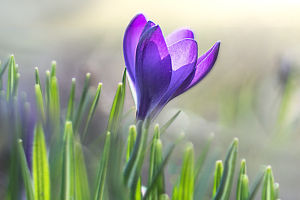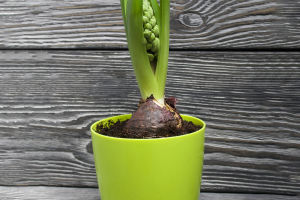Ventilating flower pots is essential for cultivating various types of plants.
Good ventilation promotes plant growth and effectively prevents root diseases and soil moisture buildup, creating a healthy and conducive environment for plant growth.
This article delves into the significance of ventilation in flower pots and offers practical tips to enhance the ventilation of your flower pots.
1. The Importance of Ventilation
1.1 Facilitating Gas Exchange
Effective ventilation facilitates gas exchange inside and outside the flower pot, supporting vital processes such as photosynthesis and respiration. This exchange ensures an adequate carbon dioxide and oxygen supply, essential for plant growth and metabolism.
1.2 Mitigating Root Diseases
Proper ventilation reduces soil moisture, mitigating the risk of roots being constantly immersed in a damp environment. This, in turn, lowers the likelihood of root diseases, promoting the overall health of plant roots.
1.3 Preventing Moisture Accumulation
Well-ventilated flower pots encourage excess water in the soil to evaporate, preventing water accumulation and the onset of waterlogging. This promotes better root respiration, reduces soil salinity, and maintains ecological balance.
2. Strategies for Improving Flower Pot Ventilation
2.1 Opt for Suitable Flower Pots
Choosing flower pots with drainage holes is fundamental to ensuring adequate ventilation. These holes efficiently remove excess water, preventing waterlogging and providing ample oxygen to plant roots.
2.2 Utilize Soil with Excellent Air Permeability
Soil's air permeability directly impacts flower pot ventilation. Opt for soil blends with good air permeability, such as humus-rich soil or perlite mixed with organic fertilizers. These promote water drainage and gas exchange within the soil.
2.3 Regular Soil Replacement
Regularly replacing soil in flower pots helps eliminate accumulated salts and harmful substances, maintaining soil breathability and health, thus fostering an optimal growth environment.
2.4 Regulate Watering Amounts and Frequency
Prudently controlling watering amounts and frequency is pivotal for maintaining flower pot ventilation. Excessive watering leads to moisture buildup, hampering ventilation. Adjust watering based on plant water requirements and environmental conditions.
2.5 Maintain Regular Cleaning Routines
Frequent cleaning of flower pots removes surface debris and dirt from drainage holes, ensuring unimpeded airflow and preventing blockages that could hinder ventilation.
2.6 Select Appropriate Planting Locations
Choosing suitable planting locations is crucial for ensuring proper ventilation of flower pots. Avoid placing pots in confined or poorly ventilated spaces. Opt for areas with ample sunlight and air circulation to optimize ventilation.
Flower pot ventilation can be significantly enhanced by implementing the abovementioned techniques, providing an optimal growth environment for plants and fostering their healthy development.
It's imperative to consistently monitor flower pot ventilation and take necessary measures to adjust and improve it, ensuring plants thrive and showcase their utmost beauty.

